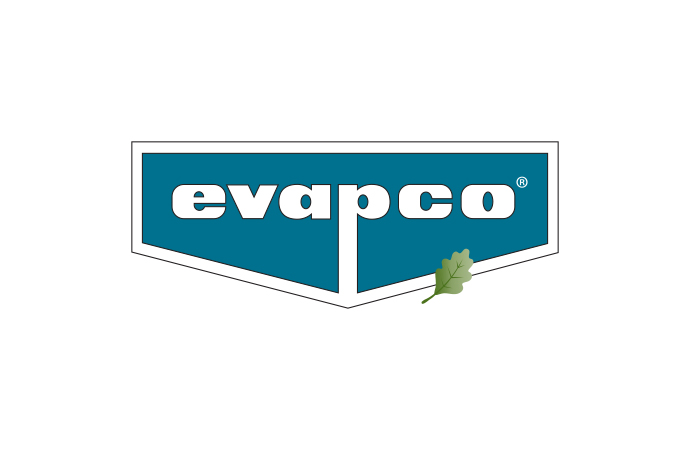With Federal funding for vocational training in US high schools and community colleges at risk, a lack of green collar technicians to fill high technology jobs such as in the ammonia refrigeration industry is forcing industry to step in to fill the gap. In the UK, a new report by SummitSkills also points to insufficient environmental technology training to meet demand. UPDATE: Besides Sampson Community College, Lanier Technical College in the US also pr

The US Federal Government has proposed a 20% reduction in its 2012 budget for career and technical education. However, industry is calling for better technical education to address the shortage of qualified candidates to fill openings, especially in the ammonia refrigeration industry. On the other side of the Atlantic, research from SummitSkills has identified a lack of appropriate environmental technology training in the UK.
Fast growing HVAC&R sector needs skilled technicians
In the US, the HVAC&R sector is one of the fastest growing sectors. Employment is expected to grow by 28% by 2018, in part due to rapid technological development and the emphasis on the need for greater energy efficiency.
Surveys of employers by Manpower and McKinsey & Co. reflect the difficulties companies are having in filling positions requiring specific skills. One firm said it had recruited “all over North America” for ammonia technicians.
US community college develops ammonia refrigeration facility to address skills shortage
More and more, suppliers that require strong manufacturing are being encouraged to fund technical programs to fill the skills gap. For example, after extensive requests from food processors, Sampson Community College in Clinton, North Carolina has developed a multi-million-dollar ammonia refrigeration training facility. According to Steve Matthis, dean of industrial education, the facility was designed and developed as a result of a push from industry to overcome the shortfall in trained technicians.
Ken Braswell, the ammonia program leader at the college, says there is a great need for such programs because more and more companies are moving from Freon to ammonia because it is more efficient. Training at the ammonia facility focuses on providing high-quality safety and operational maintenance guidance and follows the Ammonia Refrigeration Training Guideline provided by the International Institute of Ammonia Refrigeration (IIAR) and RETA. Moreover, the facility is one of the few to have state-of-the-art on-site equipment.
US RETA certification
The Samspon Community College program, which is receiving interest from across the US, is one of the few schools to offer Operator I and II courses. According to John Sherill - a RETA certified instructor previously employed at the Sampson Community College, there are currently 30,000 ammonia operators across the US, but only 800 are RETA certified.
RETA certification is a nationally recognised standard aimed at meeting the needs of industry through the provision qualified operators through education and training.
RETA certification is a nationally recognised standard aimed at meeting the needs of industry through the provision qualified operators through education and training.
Lanier Technical College provides State of Georgia with ammonia training
In the US State of Georgia, Lanier Technical College has been providing ammonia training since 1999. A joint collaboration between Lanier Technical College, the Georgia Institute of Technology, the Refrigerating Engineers & Technicians Association (RETA) and the International Institute of Ammonia Refrigeration (IIAR), offers hands-on training in a state-of-the-art ammonia facility. Training focuses on safety, operation and maintenance. The program attracts students from across the US as well as international students.
The construction of the $2 million ($1.4 million) facility was supported in part by industry, underscoring the high demand for ammonia training. In fact industry sponsors contributed $3 (€2.1) for every $1(€0.70 contributed by the government.
Other training providers include the Industrial Refrigeration Technical College (IRTC) in Virginia, the Midwest Ammonia Training Centre, the Garden City Ammonia Porgram (GCAP) and the Garden City Community College in Kansas.
UK SummitSkills report on lack of environmental training
Reducing emissions and lowering energy consumption requires the building services engineering sector to install and maintain environmental technologies. According to Dr Michael Hammond, researcher at SummitSkills, the potential lack of green collar skills provision is particularly worrying in the UK given the government’s commitment to cutting carbon emissions.
“Employers are already asking for existing tradesmen to be up-skilled to fit and maintain environmental technologies”, said Dr Hammond.
To address this, SummitSkills has already launched a new National Skills Academy for Environmental Technologies, including training on heat pumps.
SummitSkills teams up with Joint Investment Programme (JIP) to offer more training
Next year more than 1,800 training opportunities will be made available to employers in the building service sector thanks to SummitSkills and the Joint Investment Programme (JIP). Announced in July the accredited training is being provided between September 2011 and July 2012 and the programme will enable training providers to receive up to 50% of their costs.
New UK refrigeration and air conditioning framework incorporate environmental technologies for the first time
Against this backdrop, the UK building services engineering (BSE) sector has developed a set of integrated apprenticeship frameworks to safeguard standards and enhance the quality of services across the refrigeration and air conditioning industries. The framework modernisation aims to reflect the current and future needs of employers and the market place, and incorporate environmental technologies for the first time.
The Skills Funding Council has now confirmed that funding is available for the five SASE (Specification of Apprenticeship Standards for England) frameworks:
- Electrotechnical
- Heating and ventilating
- Plumbing and heating
- Domestic heating
- Refrigeration and air conditioning
Background
With the ever-increasing need to address global warming and reduce greenhouse gas emissions (GHGs), environmental technologies such as low global warming potential (GWP) refrigerants like ammonia are well positioned to be the refrigerants of the 21st Century.
In addition to its low GWP and zero ozone depletion potential (ODP) ammonia is now widely used in industrial facilities such as meat, poultry, and fish processing plants, as well as dairy and ice cream plants, wineries and breweries because it produces the greatest net refrigerating effect and often has the lowest brake power per ton of refrigerant.
MORE INFORMATION
Related stories

















_1522327086.png)


